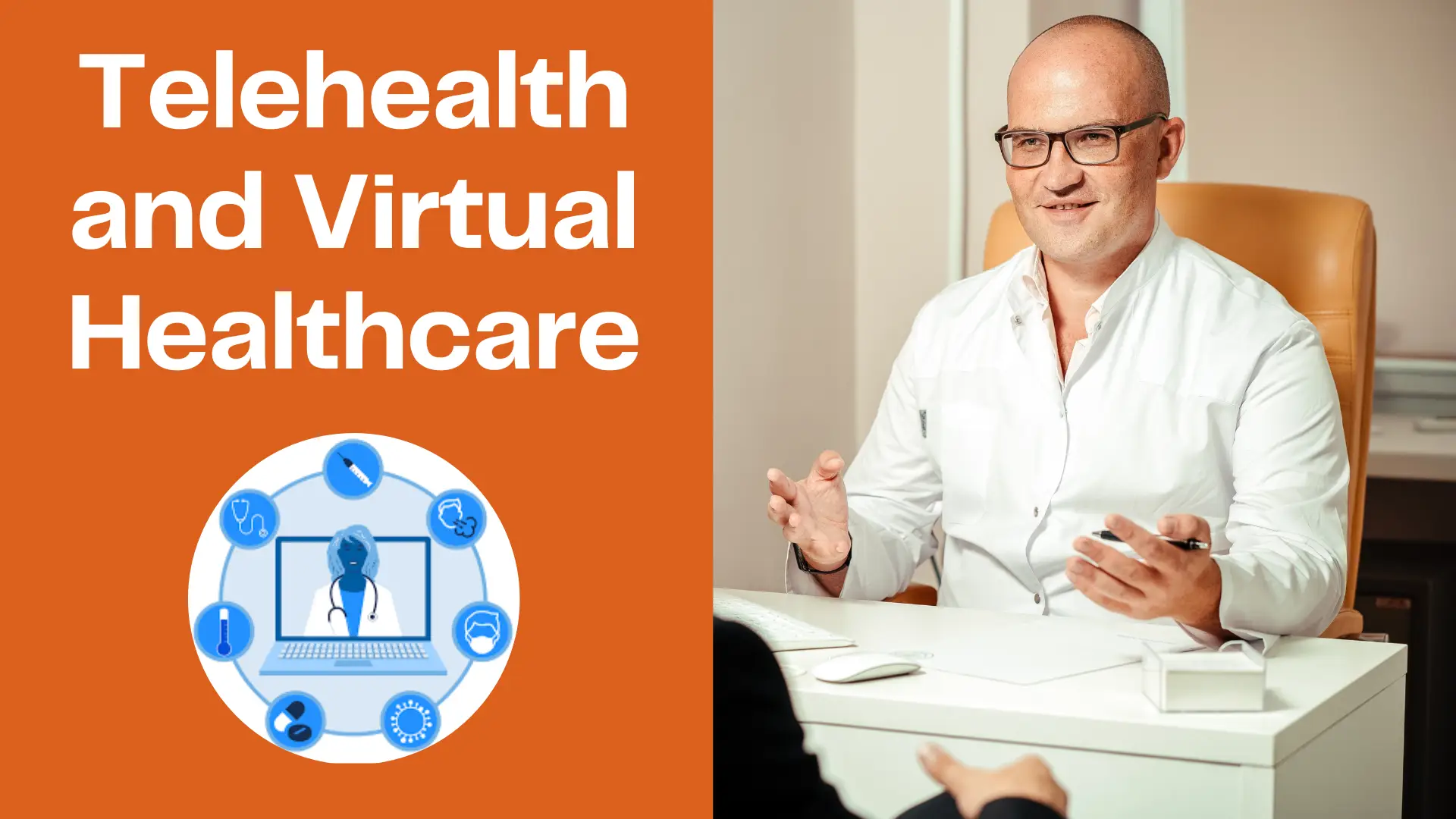Telehealth and virtual healthcare are revolutionizing how we access medical services. They leverage technology to bridge the gap between patients and providers, offering convenient and efficient care at a distance.
Understanding the Terms
While often used interchangeably, there’s a subtle difference between telehealth and virtual care:
Telehealth:
Telehealth is the broader term encompassing all forms of remote healthcare delivery. This includes video conferencing, phone consultations, secure messaging, and even remote patient monitoring using wearable devices.
Virtual Healthcare:
Virtual care focuses specifically on patient-provider communication through video chats, phone calls, or online messaging platforms. It’s a component of telehealth that emphasizes interaction.
Benefits of Telehealth and Virtual Care
These technologies offer a multitude of advantages for both patients and providers:
- Convenience: No more waiting rooms! Patients can connect with their doctors from the comfort of their homes or workplaces, saving time and travel hassles.
- Improved Access: Telehealth bridges geographical barriers, making healthcare readily available in underserved areas or for patients with mobility limitations.
- Chronic Condition Management: Virtual visits enable regular check-ins and medication management for patients with ongoing health conditions.
- Cost-Effectiveness: Telehealth can reduce costs for both patients (less travel) and healthcare systems (improved efficiency).
- Reduced Spread of Illness: Virtual consultations can help minimize the spread of contagious diseases by allowing patients who are unwell to avoid in-person visits.
Examples of Telehealth Applications
Telehealth can be used for a variety of healthcare needs, including:
- Primary care consultations for minor illnesses, allergies, or medication refills.
- Mental health therapy sessions providing confidential and convenient access to mental health professionals.
- Dermatology consultations where doctors can examine skin conditions through video chat.
- Follow-up appointments after in-person procedures or hospital stays.
- Specialist consultations connecting patients with specialists in remote locations.
The Future of Telehealth
Telehealth is rapidly evolving, with advancements in technology leading to even more possibilities. Integration with wearable devices for real-time health monitoring, the use of artificial intelligence for symptom analysis, and the expansion of broadband access in rural areas are all on the horizon.
While telehealth offers significant advantages, it’s important to remember that it’s not a replacement for all in-person care. Physical examinations and certain procedures still necessitate an office visit. However, telehealth and virtual healthcare are powerful tools that are transforming the way we deliver and receive medical services, making healthcare more accessible, convenient, and efficient.
Telehealth: A Growing Trend in Healthcare
Key Points:
- Technological Advancements: Telehealth is evolving rapidly due to advancements in technology.
- Wearable Devices: Integration with wearables allows for real-time health monitoring.
- Artificial Intelligence: AI can assist in symptom analysis and diagnosis.
- Broadband Access: Expansion of broadband in rural areas will improve telehealth accessibility.
- Limitations: Telehealth is not a complete substitute for in-person care.
- Physical Examinations: Certain procedures and examinations require an office visit.
- Benefits: Telehealth offers significant advantages:
- Accessibility: Makes healthcare more accessible to those in remote or underserved areas.
- Convenience: Provides flexibility and convenience for patients.
- Efficiency: Streamlines the healthcare process, reducing wait times and costs.
Overall, telehealth is a valuable tool that is transforming the healthcare landscape. It offers increased accessibility, convenience, and efficiency while complementing traditional in-person care.

